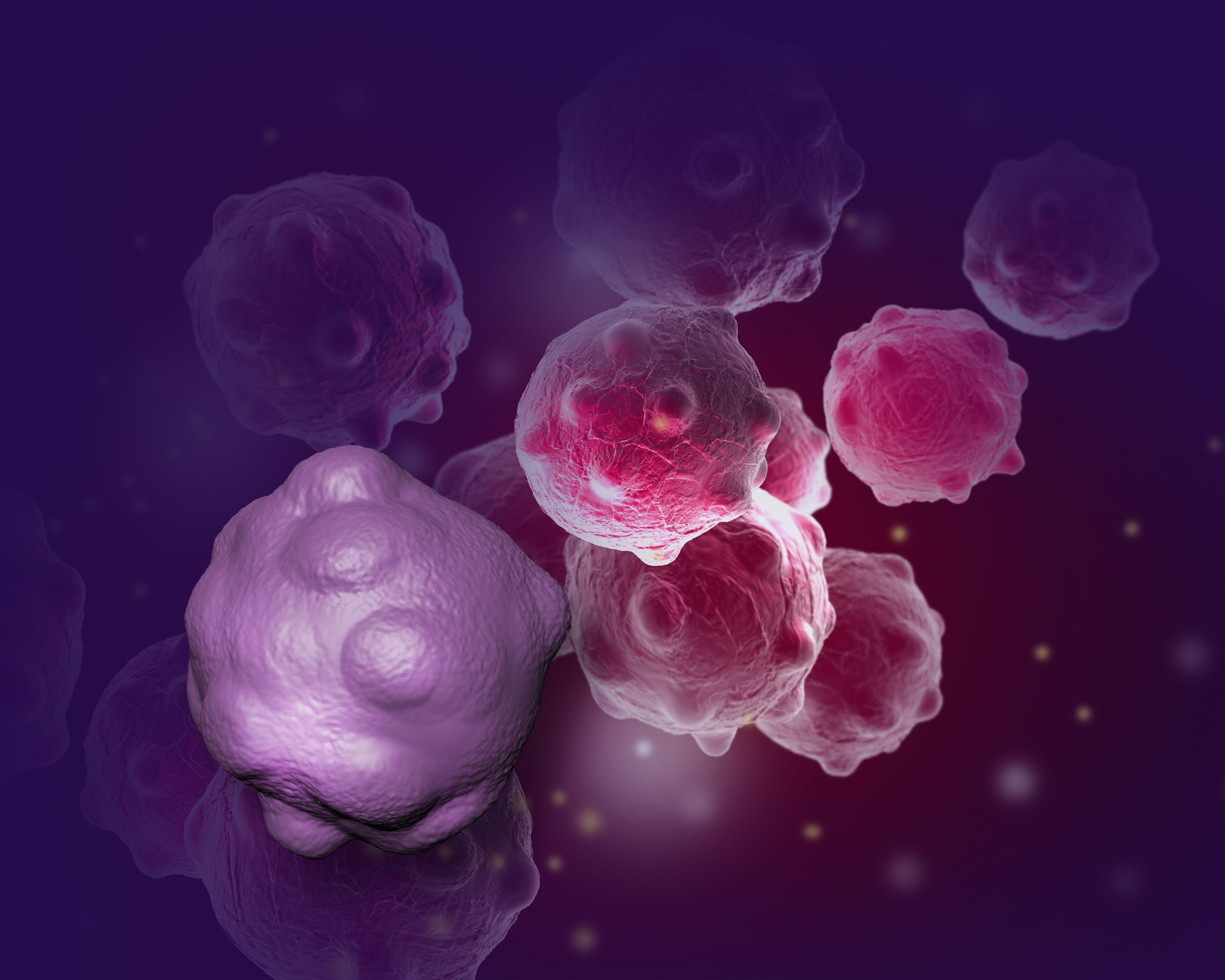
Neoadjuvant cemiplimab (Libtayo) resulted in pathologic complete response (pCR) in just over half of patients with resectable, stage II to IV cutaneous squamous cell carcinoma (CSCC), according to a primary analysis of a phase 2 study (NCT04154943) that was presented at the 2022 European Society for Medical Oncology Congress.1
In total, 63.3% of patients (95% CI, 51.7%-73.9%) experienced near or complete disappearance of their tumors when treated with the anti–PD-1 monotherapy—representing the highest response rates to this type of therapy in solid tumors, according to a press release issued by The University of Texas MD Anderson Cancer Center (MD Anderson) in Houston.2
Neil D. Gross, MD, FACS, professor and director of clinical research in the Department of Head and Neck Surgery at MD Anderson, presented part 1 of the data which were published simultaneously in the New England Journal of Medicine.3
Investigators observed a pCR in 40 patients (50.6%; 95% CI, 39.1%-62.1%) and a pathological major response (pMR) in 10 patients (12.7%; 95% CI, 6.2%-22.0%) under independent central pathology review (ICPR). Twenty patients (25.3%) experienced no pCR or pMR, and 9 patients (11.4%) did not undergo pathologist evaluation. Responses were confirmed by ICPR.
Moreover, 54 patients demonstrated an objective response on imaging (68.4%; 95% CI, 56.9%-78.4%), which included 5 patients with complete responses (6.3%), 49 with partial responses (62.0%), 16 with stable disease (20.3%), 8 with progressive disease (PD; 10.1%), and 1 patient with no imaging-based evaluation (1.3%). The disease control rate was 89% (95% CI, 80%-95%).
Adverse events (AEs) of any grade occurred in 69 patients (87.3%), with 14 patients (17.7%) experiencing grade 3 or higher events. The most common AEs of any grade were fatigue (30.4%), as well as diarrhea, nausea, and maculopapular rash (13.9% each).
Treatment-related AEs (TRAEs) occurred in 57 patients (72%), with the most common being fatigue (28%), maculopapular rash (14%), and diarrhea (11%). Twelve patients (15%) experienced immune-related AEs, including 3 patients (4%) with grade 3 immune-related AEs.
Four patients died; however, only 1 death (exacerbation of cardiac failure) was considered treatment related.
Investigators also examined the correlation between treatment response with tumor mutation burden and PD-L1 expression.
“There was a higher mutation burden among patients who had a pMR or pCR, and there was significant overlap between these 2 groups, indicating that this, at least in this cohort, was not useful in segregating patients who respond to treatment,” Gross said.
However, when evaluating PD-L1 expression, there were responders in those with PD-L1 expression below 1% (n = 15) as well as at 1% or above (n = 41). “There were 3 patients who were PD-L1 negative, but they still had a complete pathologic response,” he explained. “About a third of patients who are PD-L1 negative have a deep pathologic response, suggesting that this biomarker alone may be insufficient for segregating patients for treatment. This underscores the need for histologic confirmation of response. Still, hopefully, we’ll have biomarkers in the future that can help better direct us,” Gross concluded.
In the confirmatory, international, multicenter, nonrandomized, phase 2 study, patients received 350 mg cemiplimab every 3 weeks for up to 4 doses followed by imaging after 2 doses before undergoing surgery with curative intent (n = 79) in part 1 of the study. In part 2 of the study—for which follow-up is ongoing—patients received radiotherapy at the investigator’s discretion.
pCR (0% viable tumor) per ICPR served as the primary end point. Secondary end points included a pMR (<10% viable tumor) per IPCR, pCR and pMR per investigator pathology review, radiological objective response rate per RECIST v1.1, safety, and tolerability.
Median patient age was 73 years (range, 24-93). The majority of patients were male (84.8%), White (87.3%), presented with a primary tumor in the head and neck (91.1%), had ECOG performance of 0 (75.9%), and had stage III disease (48.1%).
In total, 62 patients received all 4 doses, and 70 patients underwent surgery. Of the 9 who did not undergo surgery, 3 declined because imaging showed their cancer responded to the immunotherapy and 2 experienced PD. The rest were either lost to follow-up, died, or were not compliant.
Christian U. Blank, MD, PhD, from the Department of Medical Oncology in the Division of Molecular Oncology and Immunology at The Netherlands Cancer Institute, and a discussant of the presentation, noted that the research leaves remaining questions. “For me, the take home message is that we have very early data, only pathologic response at the moment, but also very promising data,” he said. “Maturation is needed to learn whether CSCC [pathologic response] rate is a surrogate marker for event-free survival. Then, do we really need 4 doses of cemiplimab? Can we also achieve the same result with 2 doses? I hope we will see, as soon as possible, a randomized trial to establish this therapy approach in cutaneous squamous cell carcinoma.”
References
- Gross N, Miller DM, Khushanlani N, et al. Neoadjuvant cemiplimab in patients (pts) with stage II–IV (M0) cutaneous squamous cell carcinoma (CSCC): Primary analysis of a phase II study. Ann Oncol. 2022;33(suppl 7):789O. doi:10.1016/annonc/annonc1059
- Immunotherapy before surgery induces complete response in more than half of patients with common skin cancer in international study. News Release. Published September 12, 2022. Accessed September 12, 2022. https://bit.ly/3d16OgB
- Gross N, Miller DM, Khushanlani N, et al. Neoadjuvant cemiplimab for stage II to IV cutaneous squamous-cell carcinoma. N Eng J Med. doi:10.1056/NEJMoa2209813
"complete" - Google News
September 12, 2022 at 08:53PM
https://ift.tt/jIHwLKd
Neoadjuvant Cemiplimab Induces Promising Pathologic Complete Response in CSCC - Cancer Network
"complete" - Google News
https://ift.tt/pEGaM91
https://ift.tt/80SN13c

No comments:
Post a Comment